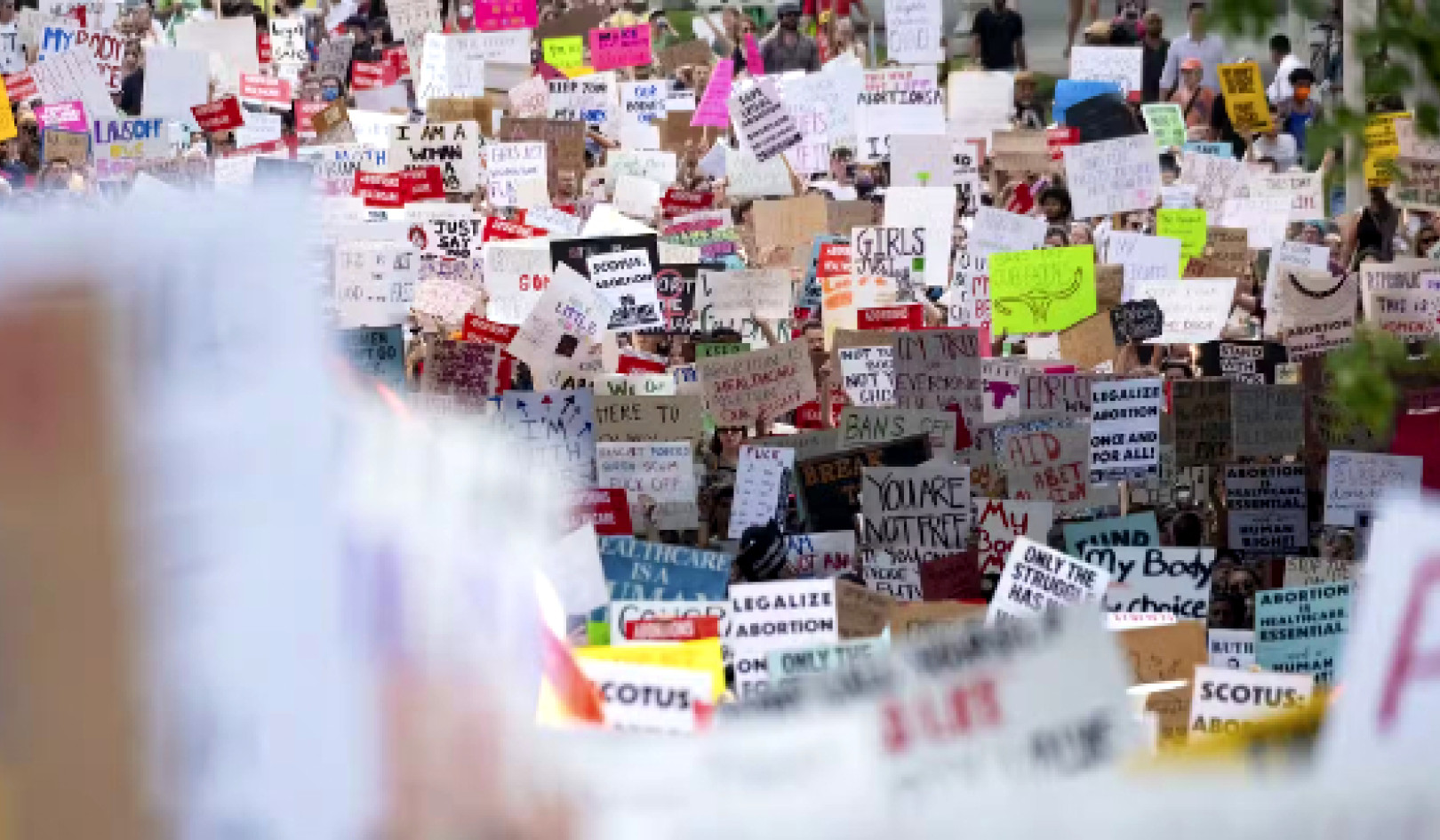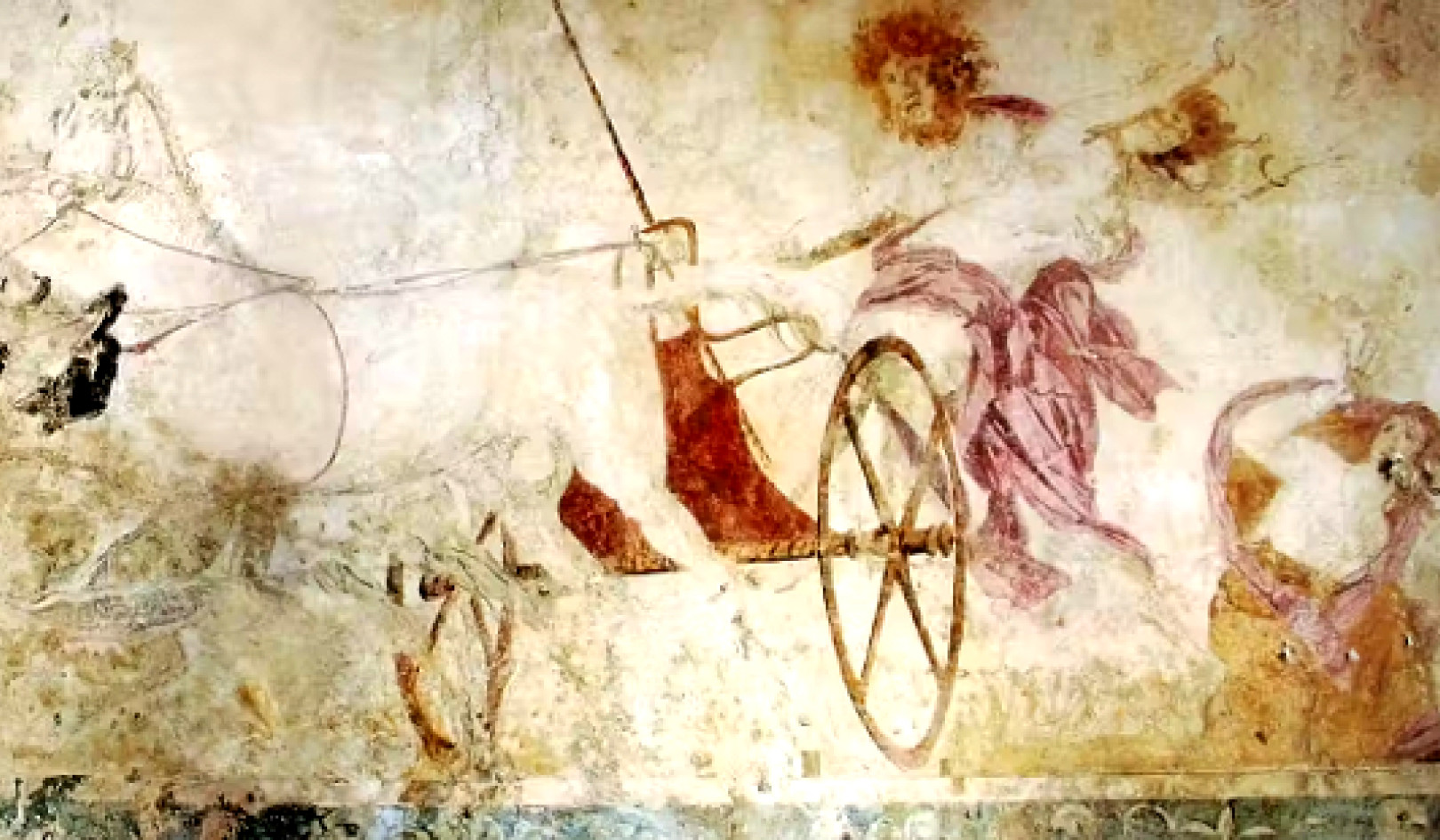The history we grow up with shapes our sense of reality -- it’s hard to shake. If you were young during the fight against Nazism, war seems a different, more virtuous animal than if you came of age during Vietnam. I was born in 1960, and so the first great political character of my life was Martin Luther King, Jr. I had a shadowy, child’s sense of him when he was still alive, and then a mythic one as his legend grew; after all, he had a national holiday. As a result, I think, I imagined that he set the template for how great movements worked. They had a leader, capital L.
Photo: NASA Goddard Photo and Video/cc/flickrAs time went on, I learned enough about the civil rights movement to know it was much more than Dr. King. There were other great figures, from Ella Baker and Medgar Evers to Bob Moses, Fannie Lou Hamer, and Malcolm X, and there were tens of thousands more whom history doesn’t remember but who deserve great credit. And yet one’s early sense is hard to dislodge: the civil rights movement had his face on it; Gandhi carried the fight against empire; Susan B. Anthony, the battle for suffrage.
Which is why it’s a little disconcerting to look around and realize that most of the movements of the moment -- even highly successful ones like the fight for gay marriage or immigrant’s rights -- don’t really have easily discernible leaders. I know that there are highly capable people who have worked overtime for decades to make these movements succeed, and that they are well known to those within the struggle, but there aren’t particular people that the public at large identifies as the face of the fight. The world has changed in this way, and for the better.
























